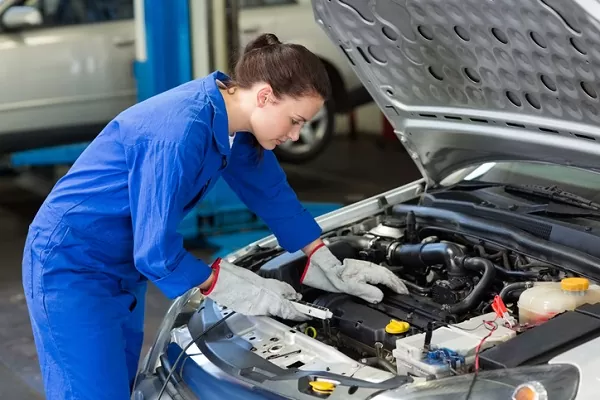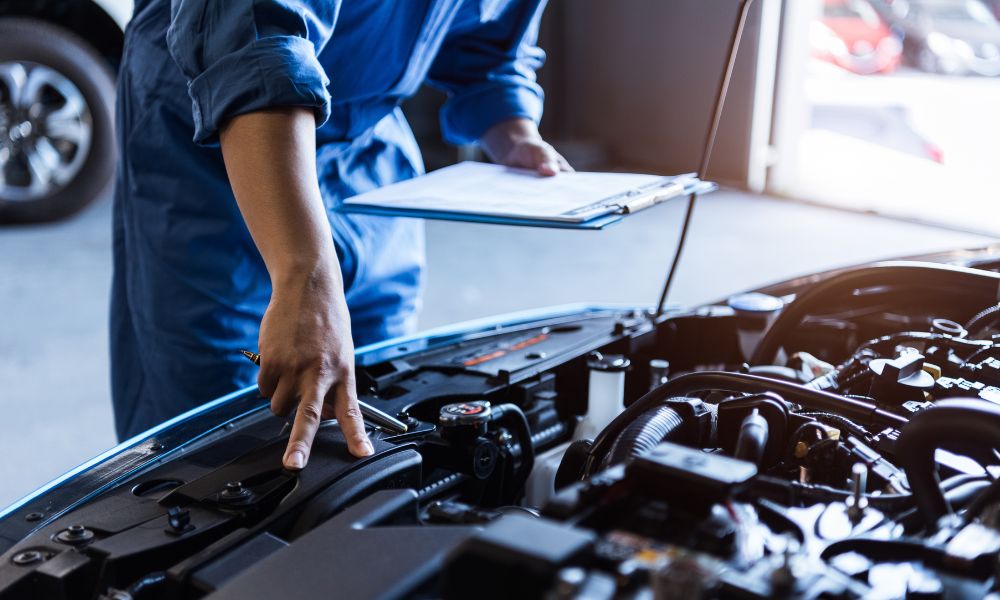Restoring vintage cars is a rewarding journey that allows you to revive the beauty and charm of classic automobiles. However, this passion can often seem out of reach due to the perceived high costs. The good news? With careful planning, resourcefulness, and a bit of elbow grease, restoring a vintage car on a budget is entirely possible. This detailed guide provides a step-by-step approach to help you bring a vintage car back to life without breaking the bank.
-
Finding the Right Vintage Car
1.1. Choosing the Right Model
Start by selecting a car that aligns with your goals, budget, and skill level. Popular options for restoration include Ford Mustangs, Chevrolet Camaros, and Volkswagen Beetles due to their wide availability and relatively affordable parts. Focus on models with strong aftermarket support to ensure easier sourcing of components.
1.2. Sourcing Affordable Vintage Cars
Look for deals at online marketplaces like Craigslist, Facebook Marketplace, or eBay Motors. Check local auctions, estate sales, and even barn finds for hidden gems. Remember to inspect the car thoroughly to assess its condition and avoid overly rusted or structurally compromised vehicles.
1.3. Negotiating a Good Deal
When negotiating, be honest about the car’s flaws to justify a lower price. Highlight the costs required for restoration and don’t be afraid to walk away if the price doesn’t fit your budget.
-
Creating a Budget and Plan
2.1. Setting a Realistic Budget
Break down your budget into categories: parts, labor, tools, and miscellaneous expenses. Include a contingency fund for unexpected costs. Remember, it’s easy to overspend, so prioritize essentials.
2.2. Prioritizing Restoration Work
Focus on safety and functionality first. Critical areas include the engine, brakes, and suspension. Cosmetic details like paint and upholstery can be addressed later if the car runs reliably.
2.3. Building a Timeline
Divide the project into phases, such as disassembly, mechanical repairs, and reassembly. Setting deadlines helps you stay on track and avoid prolonged expenses.
-
Essential Tools and Workspace
3.1. Basic Tools for Restoration
Invest in essential tools like a socket set, wrenches, pliers, screwdrivers, and jack stands. Look for second-hand tools to save money.
3.2. Specialized Tools for Vintage Cars
You may need diagnostic tools for older engines, upholstery repair kits, or sanders for bodywork. Consider renting expensive tools instead of buying them outright.
3.3. Setting Up a Workspace
A well-organized workspace is crucial. Ensure good lighting, proper ventilation, and enough room to safely work on the car. Keep tools and parts organized to save time and frustration.
-
Assessing the Vehicle’s Condition
4.1. Inspecting the Body
Check for rust, dents, and structural issues. Surface rust can be treated with sanding and priming, while severe rust may require replacing panels.
4.2. Evaluating the Engine and Transmission
Test the engine for signs of wear, such as excessive smoke or unusual noises. If the engine is beyond repair, consider sourcing a replacement or rebuilding it.
4.3. Checking Electrical and Mechanical Systems
Inspect the wiring, fuel lines, and suspension. Older cars often have outdated electrical systems that need upgrades. Check brakes and steering components for wear.

-
Restoring the Car Step-by-Step
5.1. Disassembly and Documentation
Carefully disassemble the car, labeling and storing parts in clearly marked containers. Take photos at each step to help during reassembly.
5.2. Repairing or Replacing Components
Engine and Transmission
- Clean and rebuild the engine using budget-friendly parts where possible.
- Replace the transmission fluid and inspect seals for leaks.
Body and Paint
- Use DIY rust repair kits and sand the surface before painting.
- Opt for a budget paint job or consider vinyl wraps as an affordable alternative.
Interior Restoration
- Reupholster seats yourself using online tutorials.
- Replace carpets and clean dashboards with affordable materials.
Electrical and Lighting
- Repair or replace wiring harnesses.
- Upgrade to modern LED lights for better visibility and energy efficiency.
5.3. Reassembly and Testing
Reassemble the car carefully, following the documentation and photos. Test all systems thoroughly, including brakes, lights, and engine performance.
-
Sourcing Affordable Parts
6.1. Online Resources
Websites like RockAuto, Classic Industries, and eBay offer a wide range of vintage car parts. Use forums to connect with enthusiasts for advice and deals.
6.2. Local Options
Visit junkyards, swap meets, and salvage yards to find rare or discounted parts. Building relationships with local mechanics can also lead to great finds.
6.3. Repurposing or Fabricating Parts
If a part is too expensive or hard to find, consider modifying modern components or fabricating them yourself using readily available materials.
-
Cost-Saving Tips
7.1. DIY vs. Professional Help
Handle tasks like cleaning, painting, and interior work yourself to save money. Reserve professional help for specialized areas like engine rebuilding or body panel alignment.
7.2. Leveraging the Community
Join vintage car clubs or online forums to learn from experienced restorers. Many communities offer parts exchanges or group buys.
7.3. Repurposing and Recycling
Use parts from other vehicles to save money. Salvage usable components from similar models or create custom solutions.
-
Maintaining the Restored Car
8.1. Routine Maintenance
Perform regular oil changes, tune-ups, and inspections to keep your car running smoothly. Check for rust and address it immediately.
8.2. Storage Tips
Store your car in a dry, covered space to protect it from weather damage. Use a car cover for added protection.
8.3. Enjoying Your Restored Car
Participate in car shows and community events to showcase your hard work. Remember to drive responsibly and enjoy the unique charm of your vintage vehicle.
Conclusion
Restoring a vintage car on a budget requires careful planning, patience, and resourcefulness. By following this step-by-step guide, you can bring a classic car back to life without overspending. With the right tools, techniques, and determination, your dream of owning a restored vintage vehicle is within reach.

